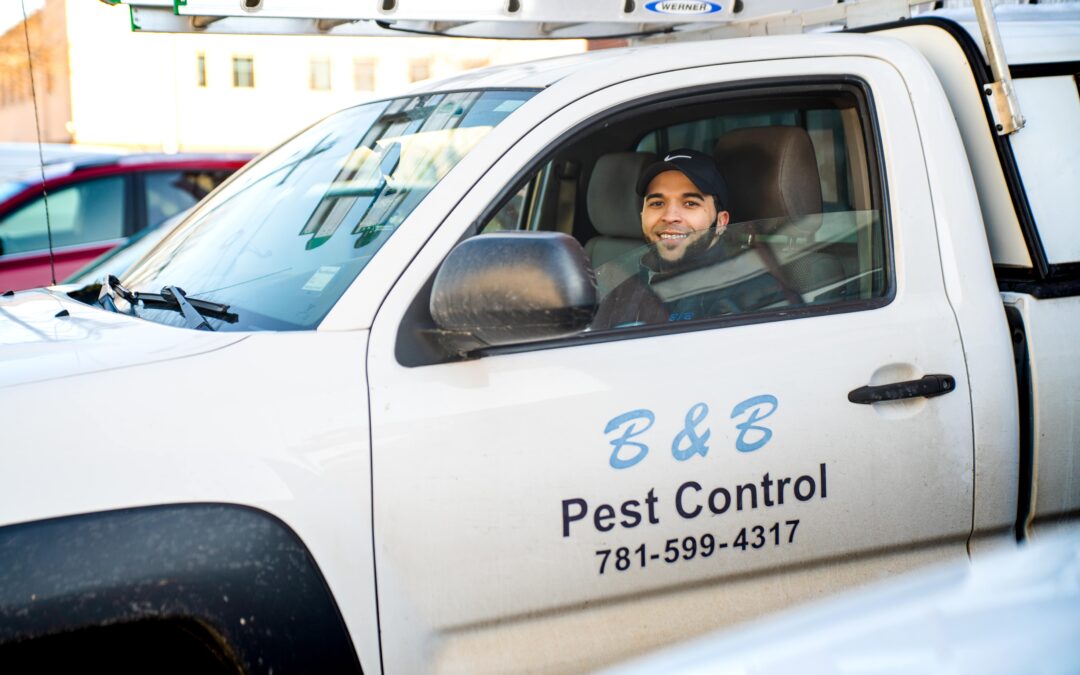With the obvious exception of termites, wood-boring beetles are the most destructive and costly insect pests of structural wood within homes and buildings, and they frequently attack other items made of finished wood components. Many people are under the impression that the wood-boring beetle pests commonly known as “powderpost beetles” refer to species in the families Anobiidae and Bostrichidae. However, beetle species in these two families are actually known as deathwatch beetles and false powderpost beetles, respectively. Historically, true powderpost beetles referred to species belonging to the family Lyctidae, but due to recent taxonomic revisions, species formerly belonging to this family have been put into the recently created subfamily Lyctinae in the family Bostrichidae.
Powderpost beetles get their common name from the super-fine sawdust debris (frass) that results from larval specimens excavating tunnels within finished wood. In addition to hollowing out finished wood, powderpost beetle larvae feed on the starches in wood in order to obtain the nutrients they need to develop into adults. According to a recent survey of pest control professionals, powderpost beetles were the fourth most commonly managed wood-destroying insect pests on residential and commercial properties nationwide during the 2016 year, which put them ahead of other common structural wood pests like drywood termites and Formosan subterranean termites.
Powderpost termites feed almost exclusively on infested hardwoods, particularly oak, mahogany, hickory, maple, ash, and even bamboo, and damage is inflicted mostly by larvae after they emerge from eggs that adult females deposit within surface cracks and crevices in wood. The items most frequently damaged by powderpost beetles include hardwood flooring, cabinets, trim, plywood, furniture, stored lumber, ladders, shipping pallets, picture frames, baskets, tool handles, and just about any source of wood imaginable. Larvae excavate tunnels within finished wood all year round, but homeowners typically take notice of infestations when larval activity is most active during the summer months.
The most common powderpost beetle pest species in the eastern US and Canada is commonly known as the “southern lyctus beetle” (Lyctus planicollis), and they most often infest dry seasoned wood less than five years of age. Adult specimens of this species can be recognized for their reddish-brown exterior and small size of 4 to 7 mm in length. Larvae are yellowish-white, C-shaped and 7.5 mm in length, and they typically feed on infested wood for a period of nine months before reaching adulthood, at which point they carve out an exit hole to take flight and mate. Infestations often require damaged wood to be replaced, and extensive infestations usually require fumigation.
Have you ever heard what sounded like clicking within your walls?

